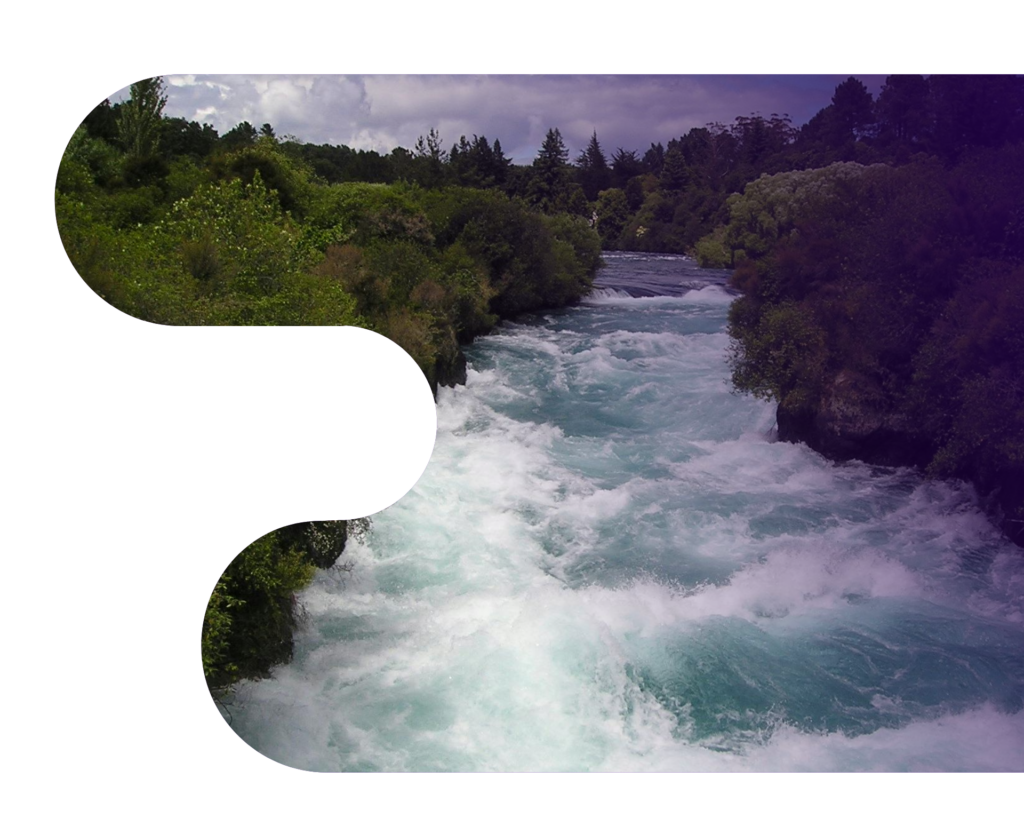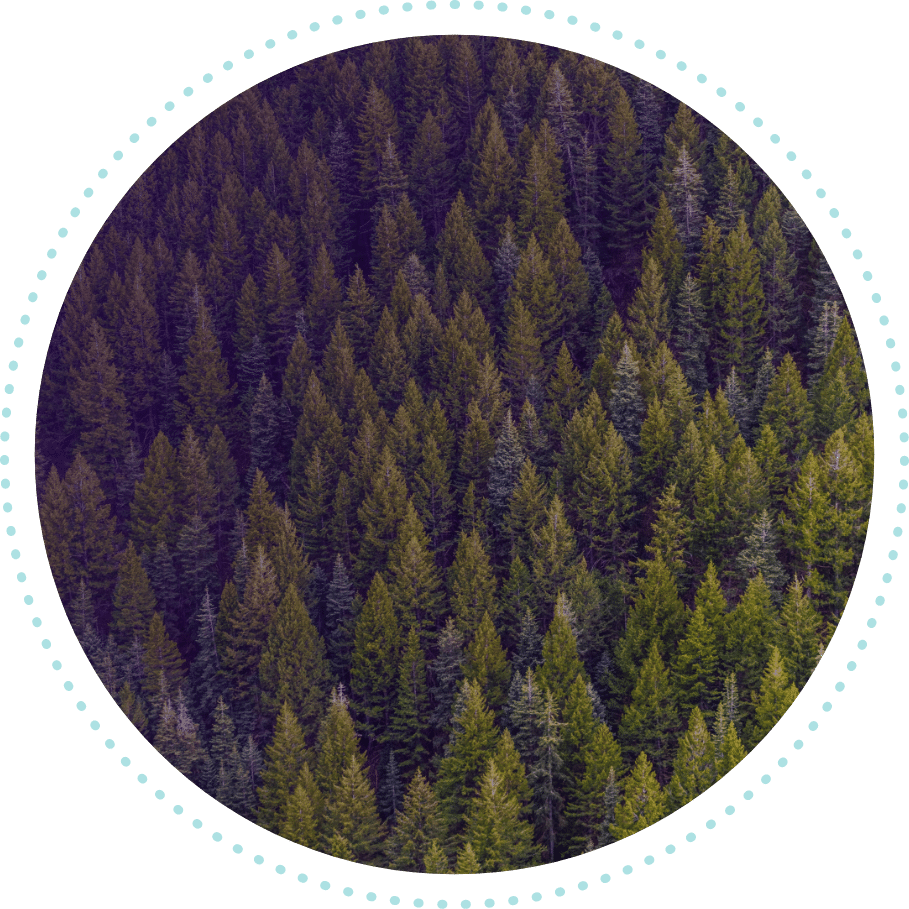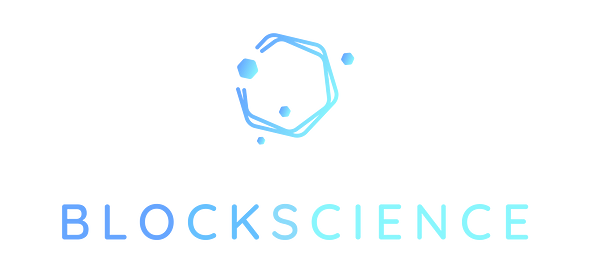Market Approach to Carbon Reduction
The path to climate restoration runs through the economic system. When incentives are misaligned, environmental outcomes suffer; when aligned, they unlock progress. Tolam is building the market foundation that makes alignment possible.
Tolam converts real, verified environmental performance into assets that businesses can use, measure, and trust. By tying climate outcomes directly to commercial activity, Tolam unlocks capital for decarbonization.
Standardized accounting and transparent digital records let organizations create and retire climate assets with confidence. This market-driven model directs capital toward real emissions reduction, makes climate action a normal and reliable part of business, and reinforces trust across global supply chains.
Real Assets, Measurable Impact
Tolam defines environmental outcomes as real, transferable assets grounded in precise, verifiable data. Instead of estimates or generalized claims, Tolam creates well-defined units of environmental value that organizations can use confidently across procurement, compliance, and operational decision-making.
Environmental outcomes are structured as ownable, transactable units with clear definition, value, and utility.
Each asset is tied to independently verified data, ensuring clarity, comparability, and confidence.
Auditable records follow each asset through the value chain, preventing double counting and ensuring credibility at every step.

Tolam’s Approach:
Turning verified climate actions into enterprise-ready assets.
Emissions and Reductions
Real climate progress requires balance between what an organization emits and what it mitigates. Tolam provides a structured system that treats emissions as accountable obligations and reductions as verified assets. This creates a transparent, actionable pathway from measurement to genuine decarbonization.
Emissions are recorded as responsibilities that organizations must address and manage.
Reductions become traceable units of environmental value backed by independent measurement and transparent validation.
Each claim is linked to an associated reduction, ensuring that climate performance reflects true, verifiable progress.

Your Climate Impact Is Too Important To Leave In The Hands Of Others.
Start taking control of your organization’s environmental legacy today with Tolam Earth.
Built for Scale
Large enterprises require climate infrastructure that works across global operations, handling high-volume data environments and complex supply chains. Tolam is designed for this scale, delivering reliable, audit-grade performance that integrates smoothly into existing enterprise systems and workflows.
Built for distributed, multinational operations and diverse data sources.
Fits seamlessly within existing technology stacks without necessitating vendor lock-in or major system overhauls.
Performs consistently whether supporting one site or thousands across a global network.

We’re in this together
When it comes to protecting the environment and providing an equitable, transparent marketplace for carbon assets, the challenge ahead is formidable. Tolam Earth is working with world-leading partners to help forward our mission. From project leaders to developers and digital marketplace experts, it takes all kinds. Won’t you join us?
Allcot
Through climate action, Allcot provides tailored and community-oriented solutions with economic, social and environmental impact.
Demia
At DEMIA, we are dedicated to enabling projects, auditors and certifiers to more seamlessly collaborate. We believe that by simplifying how data is secured, shared, and measured through innovative technologies, we can drive positive change towards a more sustainable future.
Evercity
Evercity platform automates management, issuance and monitoring of sustainable finance. We make it easier, cheaper and more transparent for banks, funds, corporates and SMEs.
Hedera
Hedera enables seamless tokenization of real-world and digital assets at scale, offering unmatched performance, security, and compliance for thriving tokenized economies.
Object Computing
Object Computing is a modern technology consulting firm with unmatched expertise in leading-edge technologies, including AI and Machine Learning, Cloud, Security, Internet of Things (IoT) and Blockchain.
KrypC
We empower enterprises, startup & developers that focus on Blockchain & Web3, to build, deploy, and manage innovative solutions with minimal efforts, cost, and risk.
CarbonX
CarbonX is an environmental software fintech designed to drive transformation to a lower carbon world economy by creating investment for carbon mitigation projects. In 2019, CarbonX combined with Zerofootprint®
DLT Earth
Founded through the collaborative efforts of the DLT Science Foundation (DSF) and The HBAR Foundation Sustainable Impact Fund, DLT Earth represents a global grant program dedicated to advancing climate research, sustainable finance, and ESG reporting methodologies.
Envision Blockchain
Envision Blockchain Solutions build applications that unlock the value of distributed ledger technology. Having operated in the climate solutions space since 2018, they understand the nuances of sustainability markets through deep ecosystem partnerships to create tailored and relevant solutions.
BlockScience
BlockScience is a complex systems engineering, R&D, and analytics firm. By integrating cutting-edge research, applied mathematics, and computational engineering, BlockScience analyses and designs safe and resilient socio-technical systems.
TYMLEZ
Transforming data into sustainability. Enabling transparent, auditable, and verifiable decarbonization.
Swirld Labs
From the team that founded Hedera, Swirlds Labs provides development and support for the Hedera network, and is building open-source components for faster deployment of industry solutions.
Bringing Corporate Leaders and Project Developers into the Future, Together.
This innovative platform empowers organizations to buy and sell carbon offsets in ways that provide financial value in addition to social impact and governance benefits.
Purchasing carbon offsets is part of an integrated corporate strategy and is an excellent way to complement your company’s transition to renewable energy and other sustainability efforts.
With Tolam Earth, purchasers will have access to more options, affordable pricing and a high-quality supply of offsets to choose from.
Our distributed ledger technology-based (DLT) marketplace ensures security and transparency, disrupting the opaque status-quo of current market offerings.
Suppliers of carbon offsets are actively working to make the world a better place.
Tolam Earth gives landowners, environmental consultants and other key sellers access to a high-quality marketplace that reduces the barrier to entry while maximizing returns.
Projects Include:
Wind, Forest, Solar Cookstove and More!











